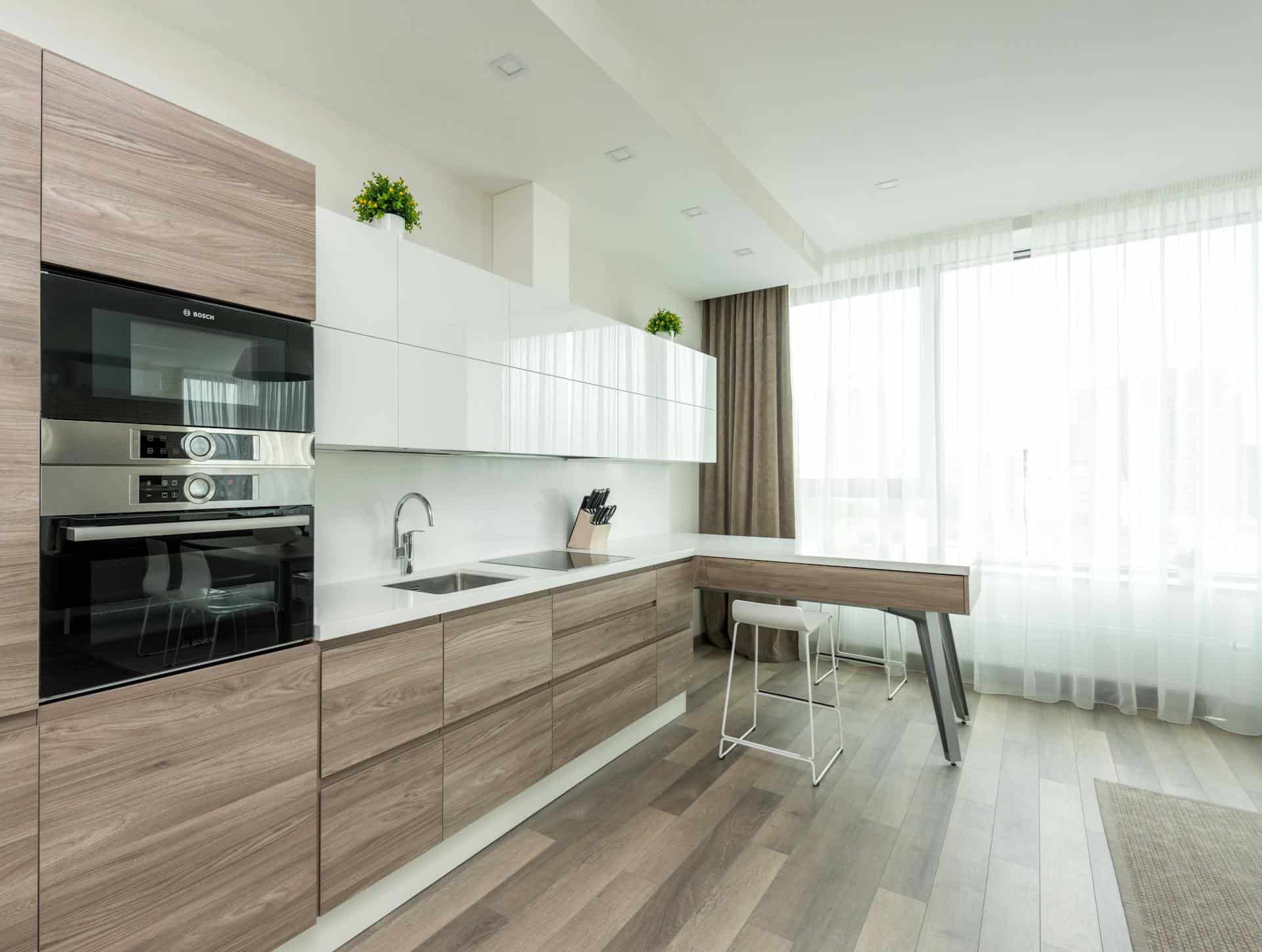
Question: What is the Most Practical Flooring for a Kitchen?
Answer: The most practical kitchen floorings include durable, water-resistant, and easy-to-clean options like porcelain or ceramic tile, luxury vinyl plank (LVP), and sheet vinyl are top contenders.
Kitchen Flooring: A Practical Approach
Kitchens are high-traffic, high-impact zones, demanding flooring that can withstand daily challenges without sacrificing style. From spilled liquids and dropped utensils to the constant shuffle of family and friends, your kitchen floor faces a relentless assault. This article takes a practical approach to kitchen flooring, exploring options that effectively balance durability, maintenance requirements, and aesthetic preferences. We’ll delve into the specific characteristics of each material, offering insights into how they perform under real-world conditions, ensuring your kitchen floor remains both beautiful and functional for years to come.
Vinyl Flooring: Resilient and Affordable
Vinyl flooring offers a practical solution for kitchens. It resists water and stains, making it easy to clean. Vinyl comes in various styles, mimicking the look of wood or stone at a lower cost. Its resilience makes it comfortable underfoot and able to withstand heavy traffic. Technological advancements have improved vinyl’s durability and visual appeal, offering an attractive and practical choice for homeowners.
Click here for more information on kitchen refinishing
Related Article: What Flooring Makes a Kitchen Look Bigger?
Related Article: What is the Lowest Maintenance Kitchen Floor?
Hardwood: Warmth and Character
Hardwood adds warmth and character to a kitchen. Engineered hardwood, with its layered construction, performs better in kitchens than solid hardwood. Its increased stability helps it resist moisture and temperature changes. Regular sealing protects the wood from water damage. Hardwood requires careful maintenance to prevent scratches and dents. Spills require immediate attention to avoid staining. Despite these considerations, many homeowners appreciate the natural beauty and timeless appeal of hardwood floors.
Laminate: Budget-Friendly Versatility
Laminate flooring provides a budget-friendly alternative to hardwood or tile. It mimics the look of these materials effectively at a lower price point. Laminate resists scratches and stains, making it a durable option for kitchens. Installation is typically straightforward, making it a popular choice for DIY projects. While water-resistant options exist, most laminate is susceptible to water damage. Standing water can cause swelling and warping, requiring replacement.
Concrete: Industrial and Durable
Concrete offers a unique, industrial-chic look for modern kitchens. Incredibly durable, concrete withstands heavy traffic and resists stains. It provides a versatile base for various finishes, including staining, painting, and polishing. Concrete can be cold and hard, requiring rugs or mats for comfort. Sealing is essential to prevent staining and moisture penetration. While concrete requires professional installation, its durability and design flexibility make it a compelling option for some homeowners.
Cork: Sustainable and Comfortable
Cork flooring presents a sustainable and comfortable option for kitchens. Naturally antimicrobial and hypoallergenic, cork contributes to a healthy indoor environment. It offers a soft, cushioned surface, reducing fatigue from standing. Cork is relatively water-resistant when sealed correctly, but prolonged exposure to moisture can cause damage. While it requires more careful maintenance than some options, cork’s unique properties make it an attractive choice for environmentally conscious homeowners.
Conclusion
Choosing the most practical kitchen flooring depends on individual needs and preferences. Consider factors like lifestyle, budget, and aesthetic preferences. Vinyl, tile, hardwood, laminate, concrete, and cork each offer distinct advantages and disadvantages. Careful consideration of these factors ensures a kitchen floor that meets both practical needs and design goals, creating a space that is both functional and beautiful. Research thoroughly and consider consulting with a flooring professional to make the best decision for your kitchen. [ 1 ]
References
1. https://easyrenovation.ca/best-flooring-for-kitchen/

Blue Malue Get in touch with Blue here.
